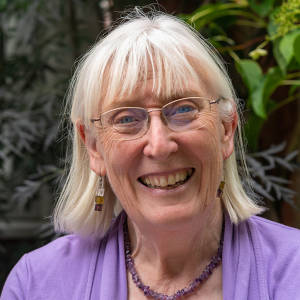A visit to the Side Gallery
I tidied my desk this morning - no mean feat. I was hoping to find an appointment letter for a hospital appointment in November, one I have not put in my diary, but no luck. The desk does now show that it is made of wood........
This afternoon I went to a symposium at The Side Gallery in Newcastle. This is a very special place for photographers. "Amber Film & Photography Collective has been documenting working class and marginalised lives and landscapes in NE England since 1968. It has commissioned and collected work since 1977 when it opened Side Gallery."
I went to an afternoon of presentations and discussions exploring relationships between documentary and the documented with: Mark Sealy, Sirkka-Liisa Konttinen & Peter Roberts, Graeme Rigby and Peter Fryer.
Mark Sealy is a cultural historian and curator who is the director of Autograph in London. He has curated the new exhibition in the Side Gallery.
Each one gave a talk, with or without projected images. All were fascinating. I'd seen some of the images before - the iconic ones of an ocean going liner leaving the Tyne, the girl bouncing on the space hopper.
The thinking and subsequent discussion was all about how to keep the archive at the Side as a living entity. How to do that without grants for new work? (I was tempted to say that we may need to rely on retired enthusiasts, but I did not! It is a serious issue for the trust that run AmberSide)
The issue of how we remember without images is a fascinating one. We are so used to our earlier lives being defined by images, more so for the upcoming generation than for mine.
The recordings of local people, shown alongside films made of still images, also added to the power of those images today.
Two things came to my mind. One was the play, A Question of Geography, by John Berger and Nella Bielski, which I saw many years ago in a studio theatre in Newcastle. It is about people who are displaced from the land of their birth. What is our relationship to that land. Does it matter where you live or if your relationship with the land is fractured?
The second was from my recent trip to Poland. The guide to the Jewish quarter told us that there is little documentary evidence of the Jews who left on the cattle trucks. The majority went to death camps. There were no huts, only the gas chambers. Their footprint on the earth is fainter as a result.
Lots and lots to think about. I had a good chat with Sirkka-Liisa Konttinen, whose work in Byker I greatly admire.

Comments
Sign in or get an account to comment.


